The History of Lyngby-Taarbæk
Lyngby-Taarbæk has an exciting history which embraces the development from a parish of villages, country houses and royal castles to a period of industrialization and becoming a modern suburban municipality
Lyngby-Taarbæk has an exciting history which embraces the development from a parish of villages, country houses and royal castles to a period of industrialization and becoming a modern suburban municipality
The natural conditions in the valley of Mølleåen created the base for the industrial development in the municipality, and the early period of industrialization in Denmark. Villages were located side by side where the farmers were cultivating the land, and in the fishing village of Taarbæk the fishermen were selling their catch on Gammel Strand.
Country houses and royal castles characterized the development of the 18th century. The Great Deer Park is located in the middle of the municipality and includes the Hermitage Hunting Lodge and the par force hunting system, which is part of the UNESCO world heritage list.
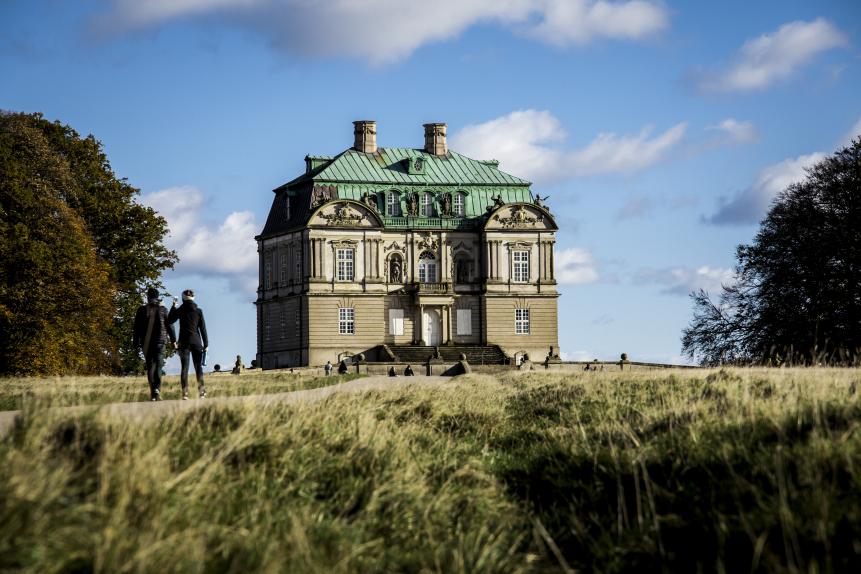


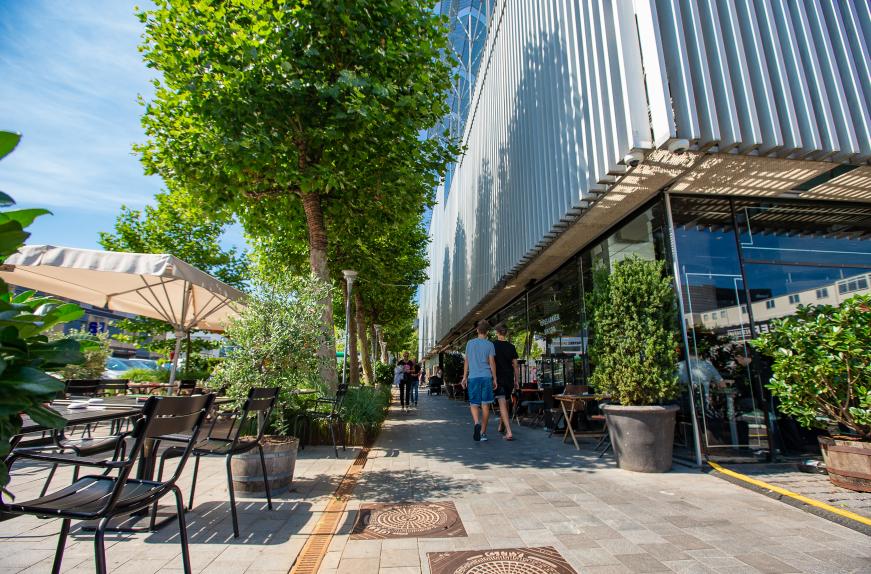
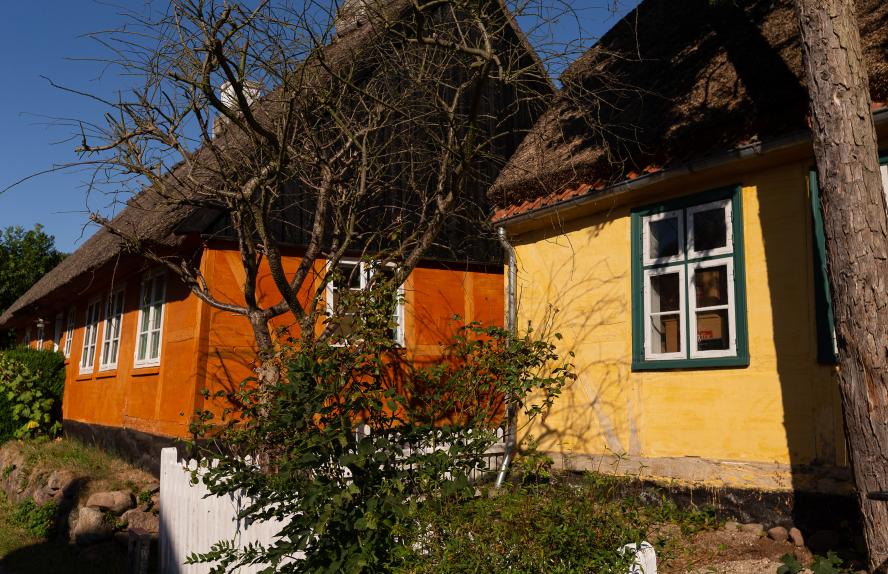
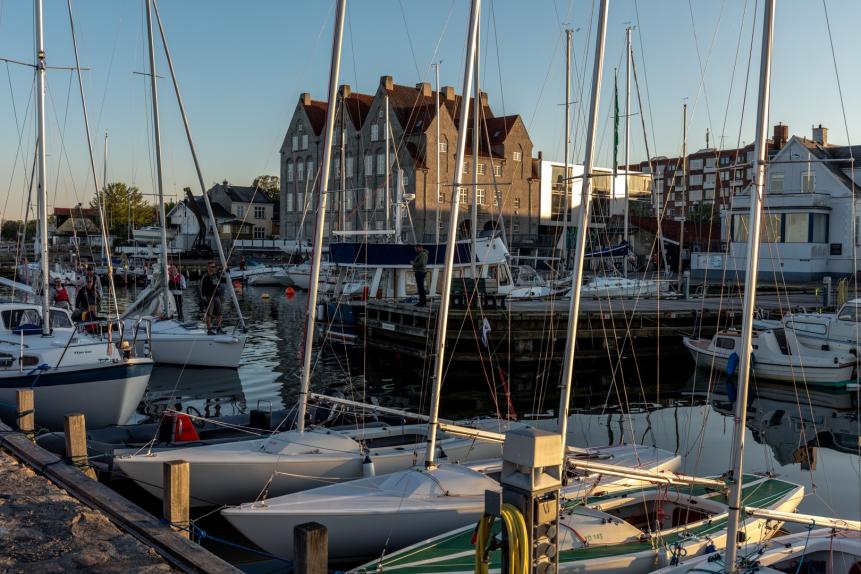

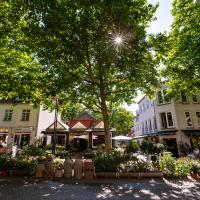
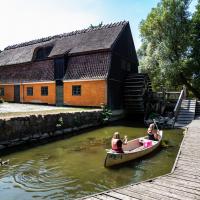
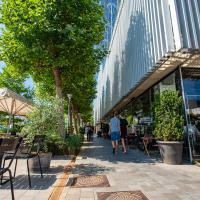
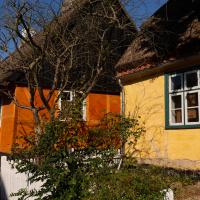

The modern suburban municipality started to develop on the 1930s, where many new residential areas were constructed. Today most industrial companies have been replaced by knowledge-intensive companies. Together with DTU (the Technical University of Denmark), established in the 1960s, the knowledge-intensive companies support Science City with a lot of jobs.
The city of Lyngby has also evolved into a commercial city center with a vibrant main street, Lyngby Hovedgade, where Magasin du Nord was established in 1961 and the Lyngby Shopping Center in 1973.